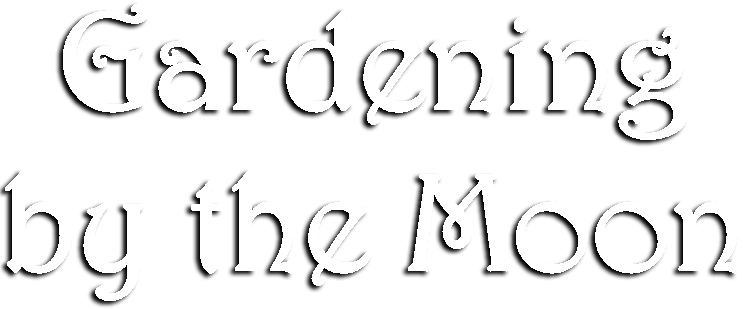Something that I first heard about from Rowen White, and which really informs my gardening now, is the generational relationship between plants and the people they nourish and who nourish them in turn. This relationship is particularly apparent with the annual food and medicine plants we save the seeds of. Whether our dormant season is a long cold winter or a hot dry summer, the plants depend on us to set aside enough seed to plant again the following season, just as we depend on the plants to set enough fruit to see us through til the next harvest. This relationship is sacred and foundational, even if it’s hidden from view and from thought in much of today’s complicated world.
In my garden each year, I take joy from growing crops that would have sustained my ancestors in Europe many centuries ago—plants like kale, oats, and turnips—and also from growing crops that would have sustained and been sustained by the land I’m living on long before my ancestors ever thought of immigrating—plants like the Three Sisters, sunflowers, and black raspberries.
One of my favorite things about being a gardener is the opportunity to go to places like plant swaps and seed libraries, to talk to other gardeners and learn the histories of the plants and seeds and the people who have nurtured them. Over the last few years, I haven’t had the opportunity to go to many community events, and more than ever I’ve appreciated being able to get my seeds from small seed companies that include the history and story of the seeds, whether in their catalog or written on the seed envelope.
For all of these reasons, Maxx and I decided to add seed stories to our garden photographs. There’s not a lot of room to spare, so we couldn’t give long or complex histories, but we hope we’ve provided enough information for you to research further if you’re interested in getting the full picture.
Of course, not every single garden photograph is in fact from our garden—some are of wild plants, or even of ice. For these, we’ve given the location—the watershed the photo was taken in. We chose this, rather than city name, to illustrate that we are part of a large ecosystem, not just a small municipality. My hometown has been through a few different names, but water always runs downhill.
We’ve given both the English and Kanien’kéha (Mohawk) names for our local watershed to recognize the simple fact that the lake was Onia’tarí:io long before it was Ontario. The same a way certain a community nurtures their particular seeds and crops over generations, the Haudenosaunee (Six Nations) Peoples, of which the Kanien’kehá:ke are one, have nurtured and still nurture the land I live on—as well as many of the crops I enjoy growing. It is their past and present stewardship that allows me to garden now, and my gratitude to them is as big as my love for the place I live.
Happy Gardening~
Toby

